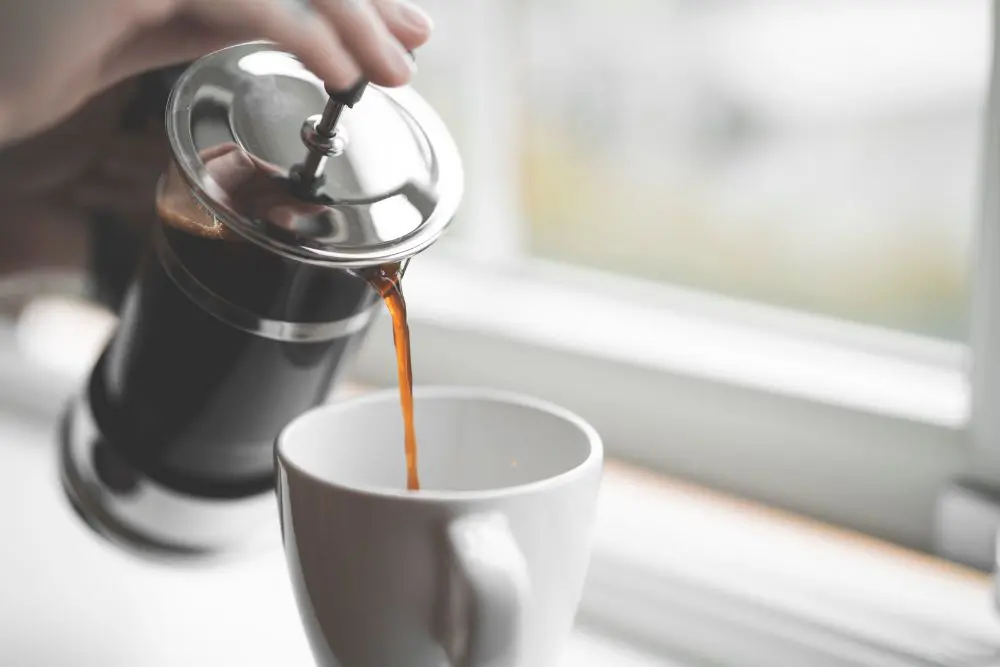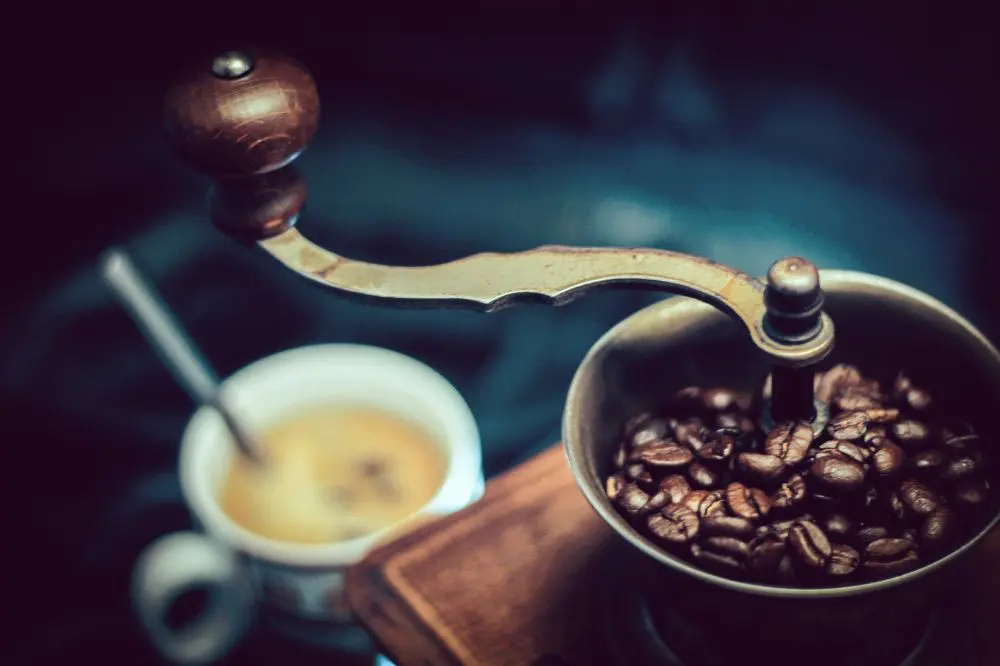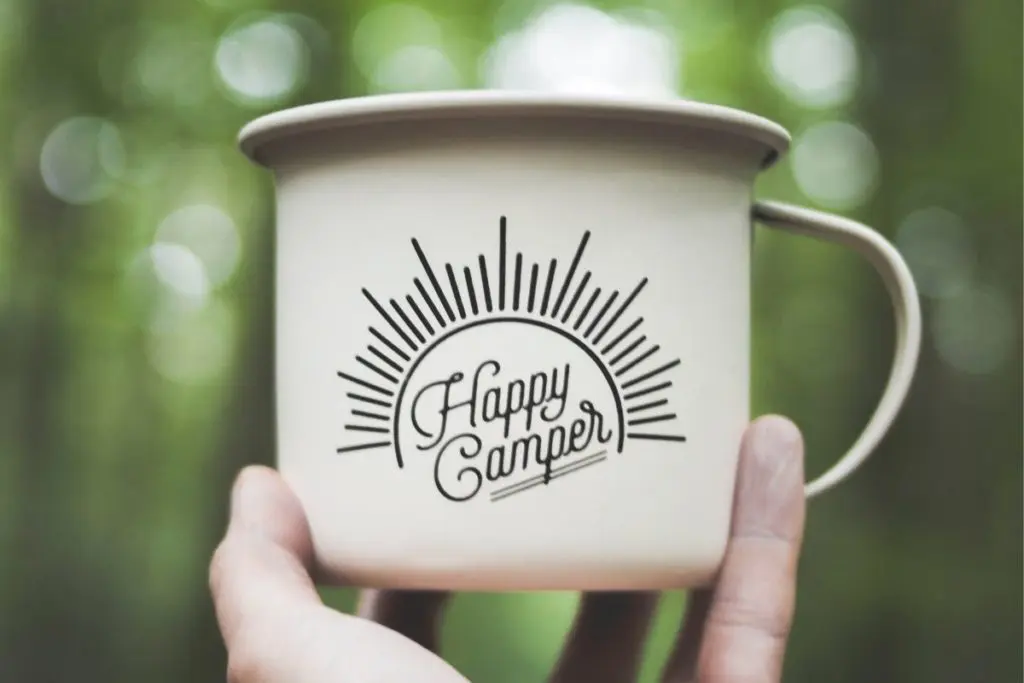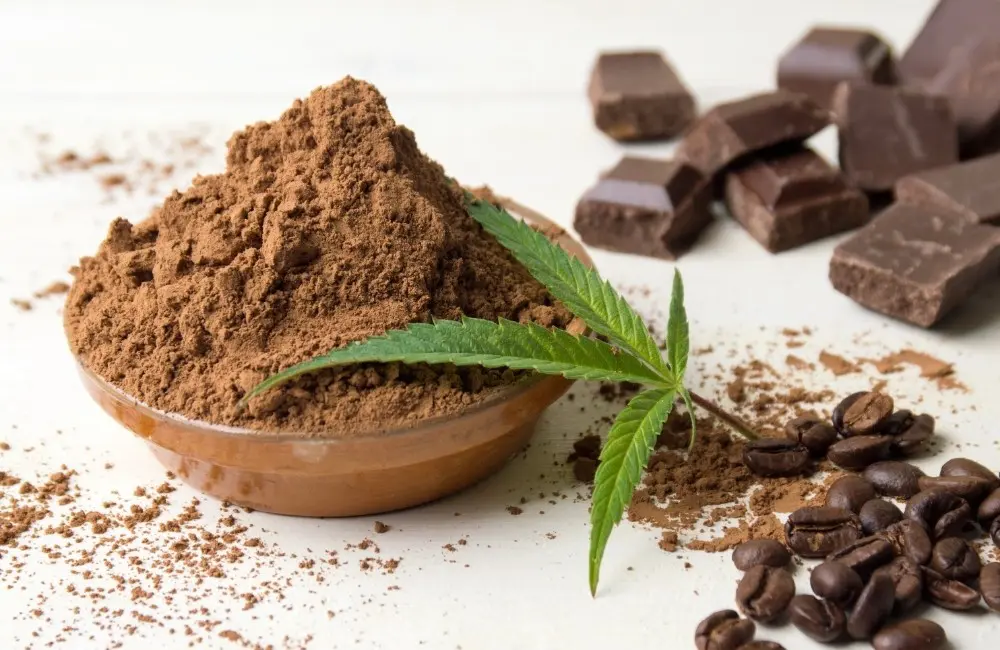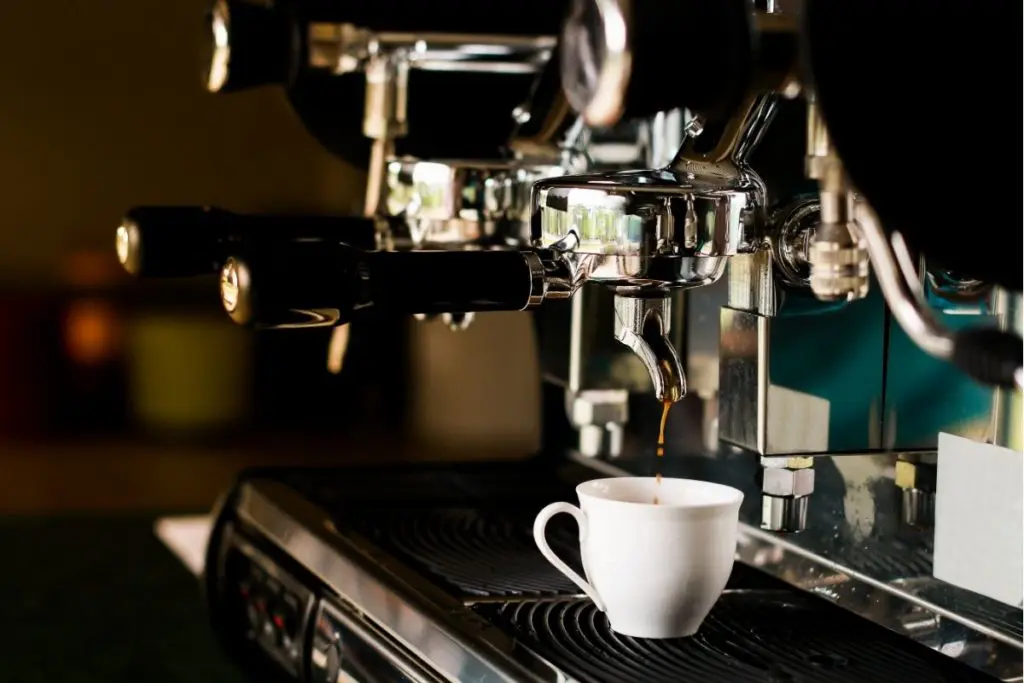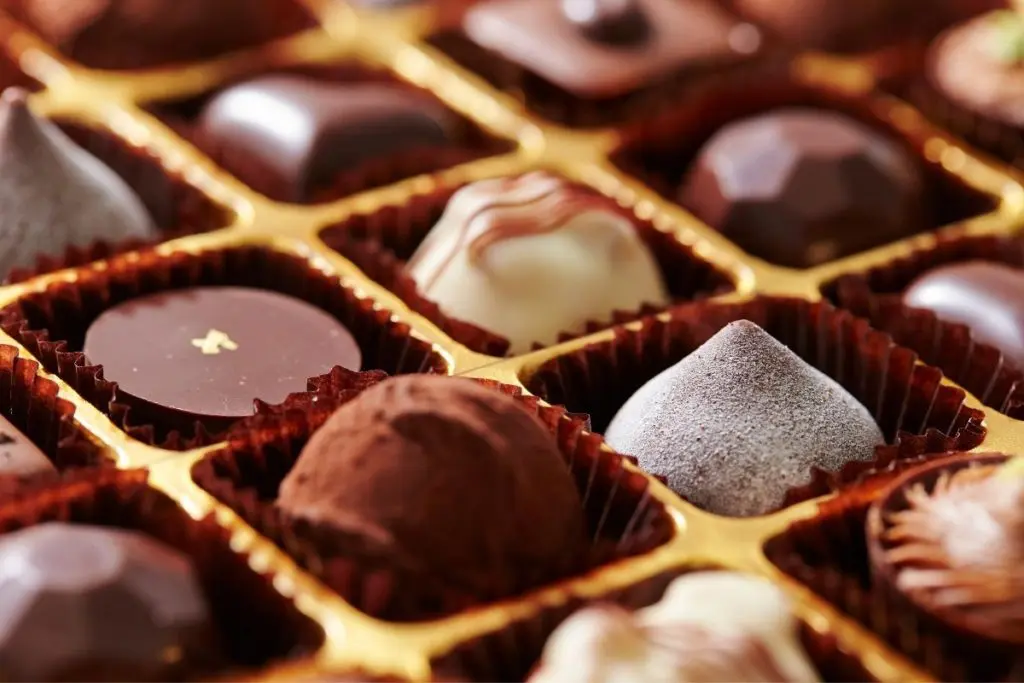With more and more members of the cult of coffee-lovers discovering the wonders of the humble French press, one question starts to ring out across the world-wide-web: Can I make espresso with a French press? The answer is yes! We’re going to teach you how to make espresso with a french press.
You can make espresso with your French press pretty easily if you’re willing to put in a little trial-and-error. The process is similar to how you’d make your average cup of joe, but there are a few critical differences that will make or break your experience.
What You’ll Need
Here’s what you’ll need before we get started:
- Tablespoon (to measure your coffee)
- Water kettle (to boil water)
- Dark roast or espresso coffee beans (for that rich espresso flavor)
- Coffee grinder (to grind your beans if you buy them whole)
- French press (of course)
Once you’ve gathered your materials, it’s time to get started.
How to Make Espresso with a French Press in 8 Steps
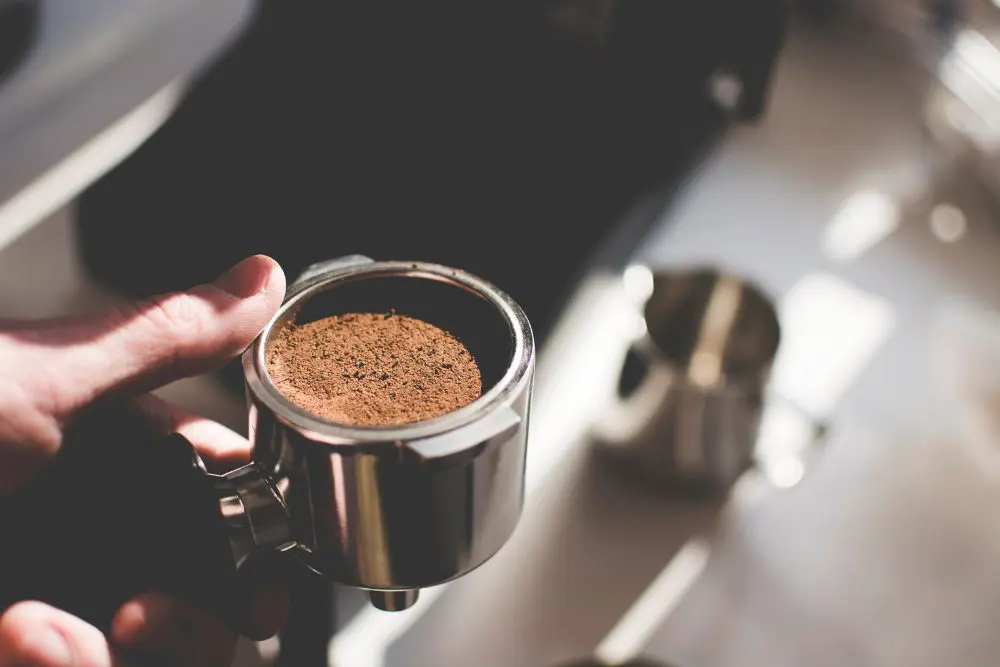
Let’s break the process down into eight easy steps.
1
Grind Your Beans
If you buy your coffee already ground, you can skip this step — but if you grind your own beans then read on. Who are we kidding? You absolutely should be grinding your own beans. The boost in flavor will shock you!
While you’re probably used to a pretty coarse grind setting for your French press, for espresso, you’ll need to defenestrate that practice and switch to the finest grind setting your grinder has got. The smaller the coffee particles, the more surface area there is for the hot water to pass by, which means the more flavor in your cup!
But wait! French presses have a pretty wide filter. Won’t the coffee grounds get through if they’re super fine?
The answer is maybe.
Here’s where that trial-and-error we mentioned comes in.
- We recommend starting with the finest setting on your grinder and making a shot of two.
- If you notice the grainy texture, that means some of the grounds slipped through the filter.
- Then, try again with the second-to-finest grind setting.
- Keep going until you get a shot that doesn’t have any grains.
2
Boil Some Water
We might be going overboard by including this as a step, but in case it needs to be said: before you can make your espresso, you’ll have to boil some water.
3
Prepare Your French Press
Once you’ve got your beans ground to powder-like perfection and your kettle is heating some water, it’s time to turn your attention to your French press.
One of the keys to good espresso, in addition to the high pressure, is the heat. To ensure a properly warm environment to extract the best your coffee has to offer, you’ll need to pre-heat your French press. The easiest way to do this is to swirl some hot water from your top around in the glass chamber to warm it up. Make sure you do this step right before your water has finished boiling, so the glass doesn’t cool down too much.
4
Measure Out Your Coffee
Now that your French press is ready to go, you’ll want to add in the coffee. When it comes to making espresso with a French press, the general rule is to use 2 tablespoons of fine coffee grounds per cup of water you’re going to use.
Think of it this way: you want your espresso to be exponentially stronger than your average cup of joe, so you’ll want to use exponentially more coffee to get there.
But wait! A shot of espresso is only 2 ounces. Won’t a cup of water make too much espresso?
Answer: You’re exactly right.
To give you some specifics on how much water and coffee you’ll want to use to get a single — or double — shot of espresso. Bear with us as we relive 5th-grade math class.
Doing the Math on French Press Espresso
Your average shot of espresso is about 2 ounces. 1 cup of water is 8 ounces, so it stands to reason that if you want a single 2-ounce shot of espresso, you should only use 2 ounces of water. Therefore, you’ll only need 0.5 tablespoons of coffee.
However, you’ll want to keep in mind that not all the water you put in is going to filter out of the coffee grounds. If you put in 2 ounces of water, you won’t get 2 full ounces of espresso. We recommend assuming that, to get 2 full ounces of espresso, you’ll want to use 4 ounces of water or 0.5 cups. This means you’ll need 1 tablespoon of coffee.
For a French Press Single Shot: 1 tbsp coffee + 0.5 cups water= a single
If you prefer a harsher wake-up call and favor the double shot, or 4 ounces of espresso, you’ll want to use 8 ounces of water, a full cup 2 tablespoons of coffee.
For a French Press Double Shot: 2 tbsp + 1 cups water= a double
In this article, we’re going to move forward and assume you’re a caffeine junkie like us, and you’re planning on making a double shot.
5
Let the Espresso Bloom
Once your water has boiled, you’ll need to let the boiling water sit for about 30 seconds. Water boils at 212 degrees Fahrenheit, but the ideal temperature for espresso is 195 degrees, so making it sit allows the water to cool down just the right amount.
After that 30 seconds, you’ll need to splash a minimal amount of water over the grounds in your French press. Bathing the grounds in a quick hot-water bath starts what’s called the “blooming” process; basically, this gets the grounds to begin releasing the oil and gas that will create all that delicious flavor.
It doesn’t take much to get the blooming going, so don’t over-do it. It also doesn’t take long for the blooming process to get underway, and you’ll only need to let the grounds sit for about 30 seconds after being splashed before you can finally, finally, get to the main event.
6
Pour, Baby, Pour!
After 30 seconds of blooming, it’s time to pour the rest of your hot water over your grounds. Be delicate about it — if you dump the water in, you won’t get even distribution. Pour gently in a circular motion to ensure all the grounds get their fair coverage.
Once you’ve got all your water in, put the lid on immediately to keep in the heat. Remember, espresso is all about pressure and temperature, therefore locking in the warmth is extra essential.
7
Time to Steep
With espresso, the goal is a dark, rich flavor, and the general rule of thumb is to steep for about 4 minutes. You may want to play around here a bit to get the perfect cup, but remember that the longer you steep, the closer you come to turning your drink bitter.
Towards the end of your chosen steep time, depress the plunger about halfway a few times. Reports from French-presso fans vary, but most agree you’ll want to do this at least once. Use slow, steady, even pressure until you get to the halfway point, and then use that same pace to raise the plunger again. Doing this a few times will create that lovely crema many espresso lovers are so fond of.
8
Enjoy Your Homemade French Press Espresso
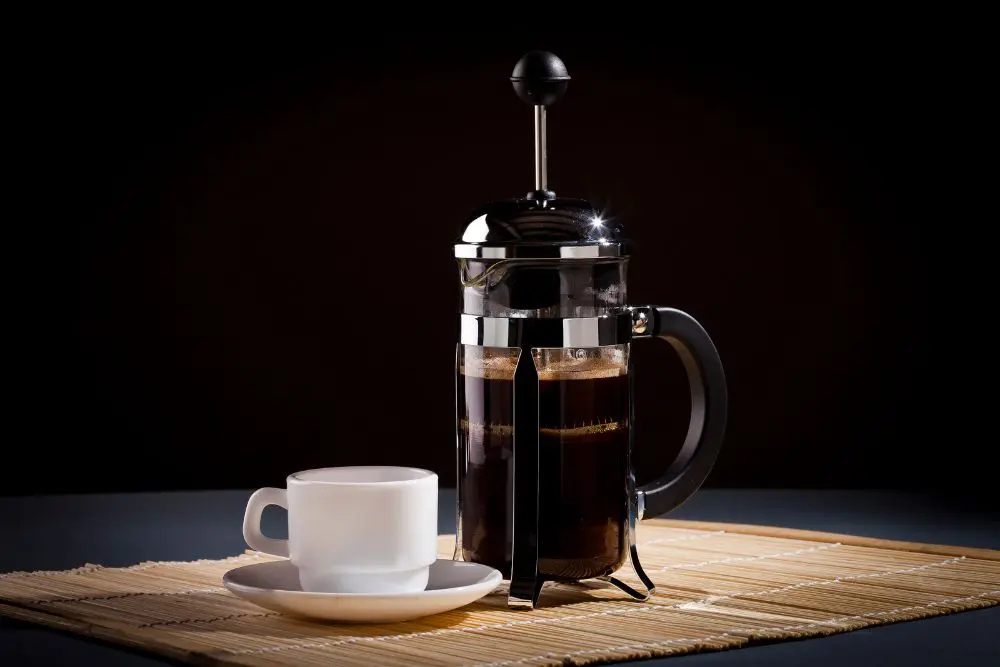
Again, this might not need to be an official step, but we’re putting it here anyway.
Once your espresso has steeped, you’ll need to transfer the espresso from your French press to your cup right away to stop the steeping process and prevent your brew from getting bitter.
And there you have it! Full-bodied espresso made right from the comfort of your own home, with your own simple French press. Ditch the tedious trips to the downtown coffee shop– and no need for fancy and unreasonably expensive espresso machines.
Further Reading
